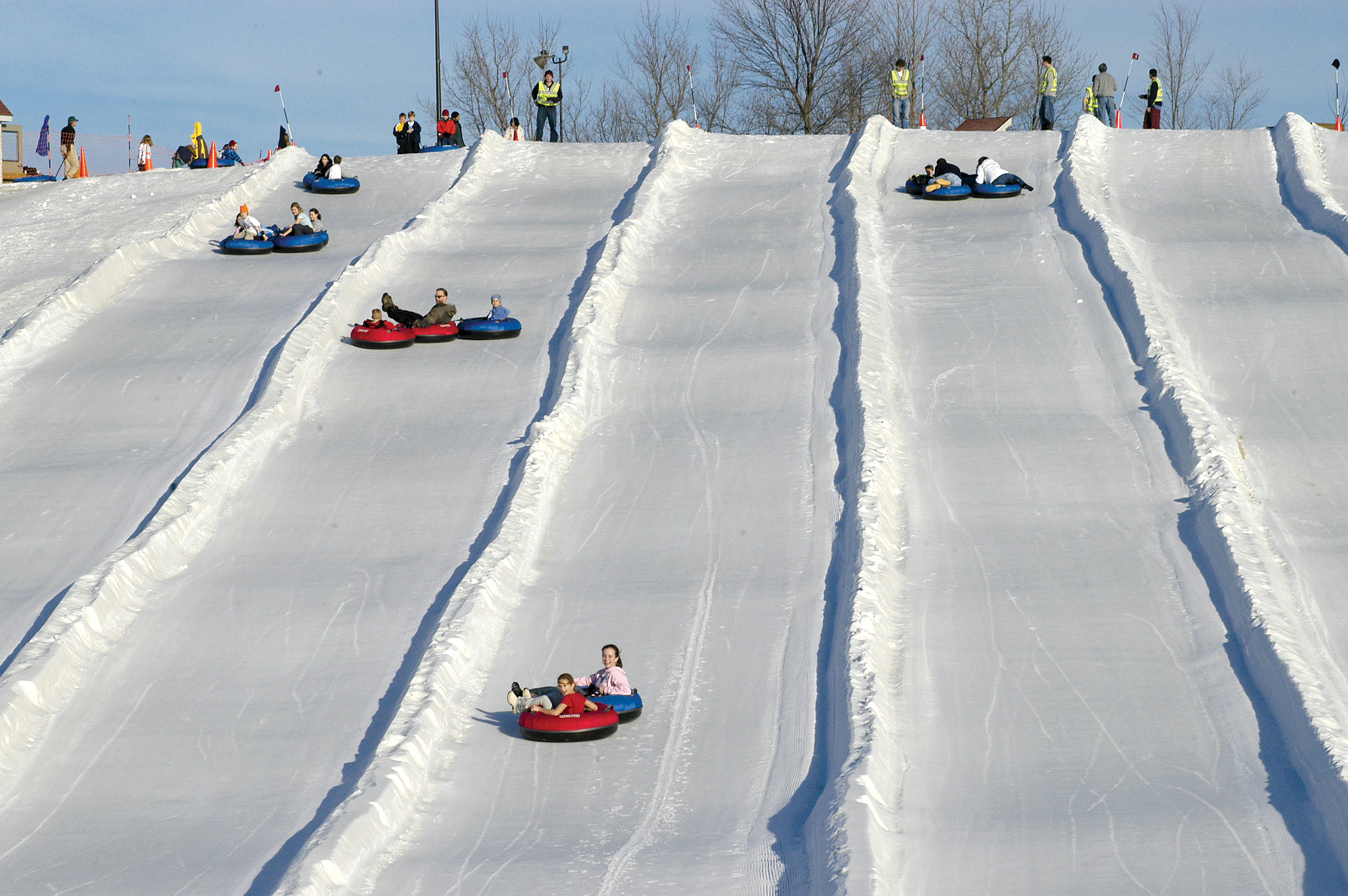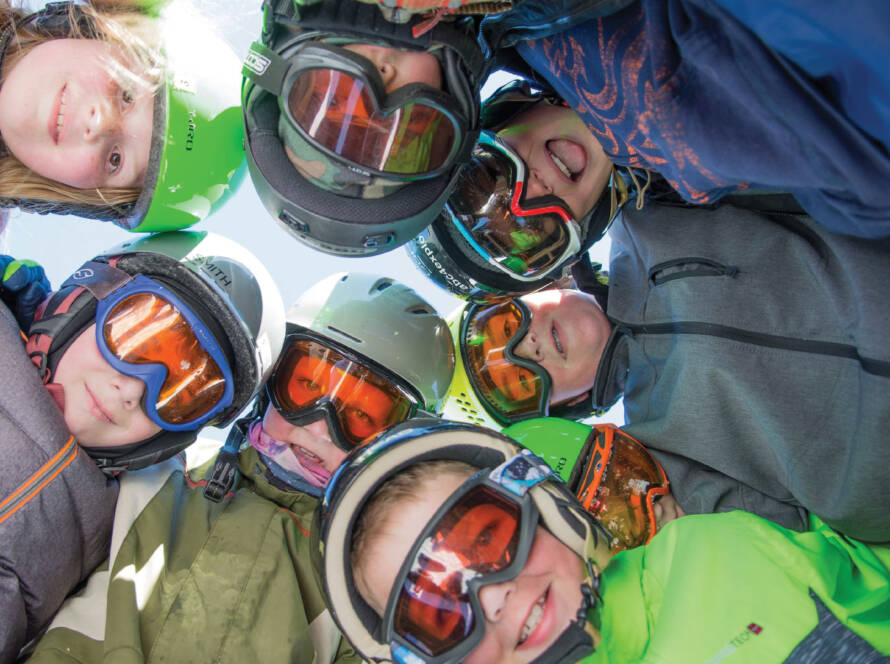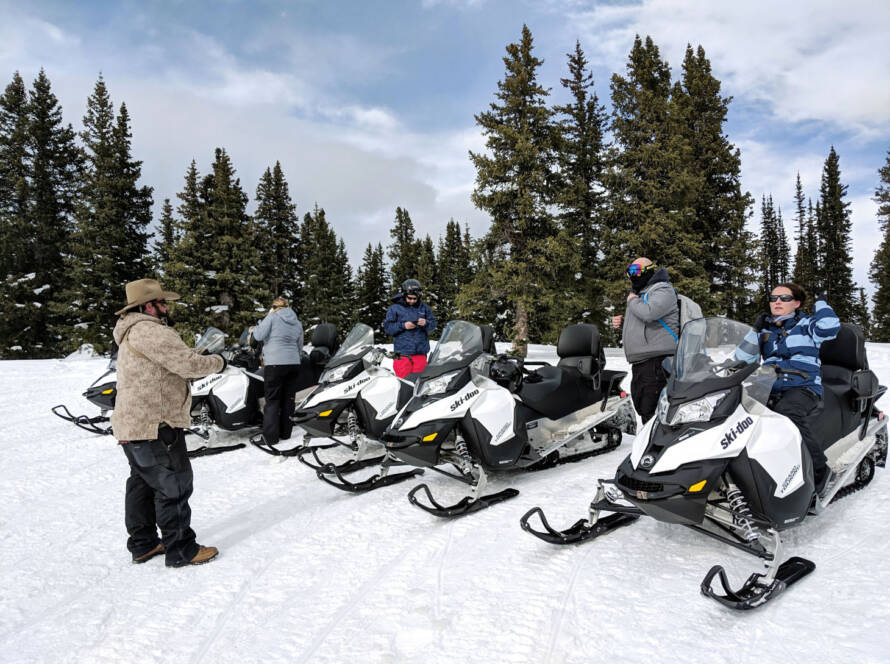Based in Waterloo, Ont., Tube Pro Inc. has been in the business of manufacturing high-quality inner tubes and custom canvas covers for more than 25 years. The company is the original designer and manufacturer of the hard-bottom snow tube, which has since revolutionized tubing for resorts and attractions around the world.
“My father actually was the one who first designed the hard-bottom snow tube, prior to which there was really nothing that worked on a synthetic surface material,” said Tube Pro president and owner Bill Pawson. “Most people think the summer tubing that’s seen now across North America is a relatively new phenomenon, but Tube Pro essentially invented that application overseas while working with large dry slope surface providers in the U.K., which is how the whole summer tubing concept came to be.”
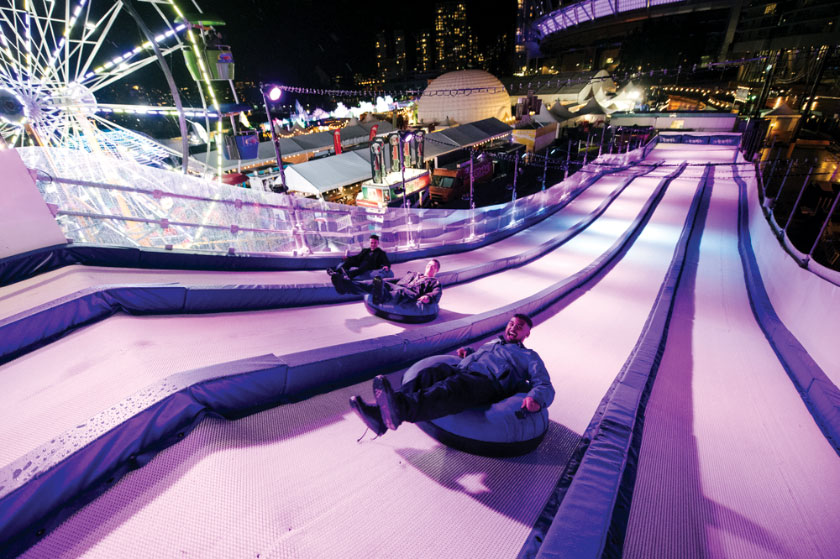
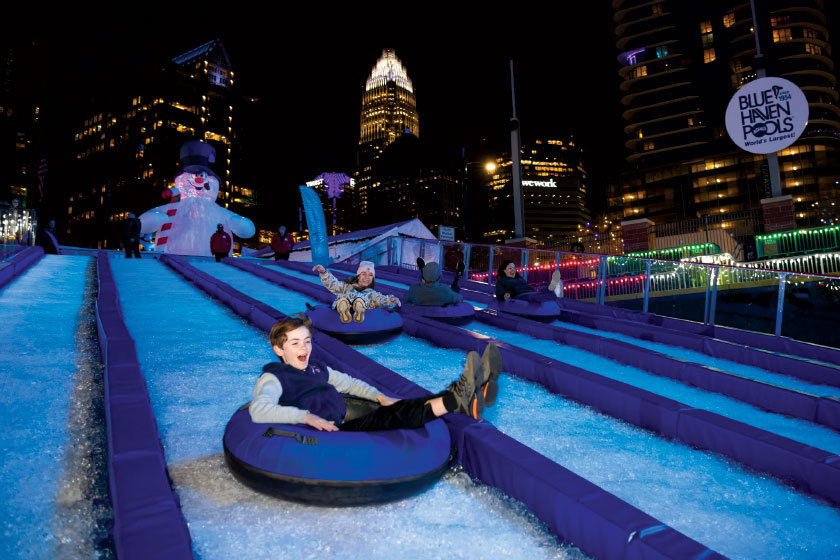
Tube Pro inner tubes use thick-gauge butyl rubber sidewalls made from durable butyl rubber, which, paired with custom-designed covers, maximize tube longevity. This ruggedness, along with the hard-bottomed design, has allowed the company to expand into new markets, including river tubing, rafting, kayaking and water parks. Tube Pro offers a range of products for both floating and sliding applications, suitable for all seasons.
Along the way, Tube Pro has also developed its own retail program, making the best commercial snow tubes and equipment for ski resorts under the Tube Pro brand, allowing the company to capitalize on both commercial and retail sales channels. “The decision to manufacture products that serve many markets comes down to it simply making sense,” said Pawson. “Doing this lets us diversify our business and manufacture from seasonal to year-round, as well as keeps our key workers working and producing products for snow tube adjacent industries.”
A tube for all seasons
Tube Pro’s claim to fame is not only having the best tube on the market, but also having a variety of options to suit the ever-changing variables of its customers’ different hills. The company’s keen understanding of the various friction, sliding and abrasion factors are incorporated into developing great and safe products for all types of floating, sitting and sliding applications.
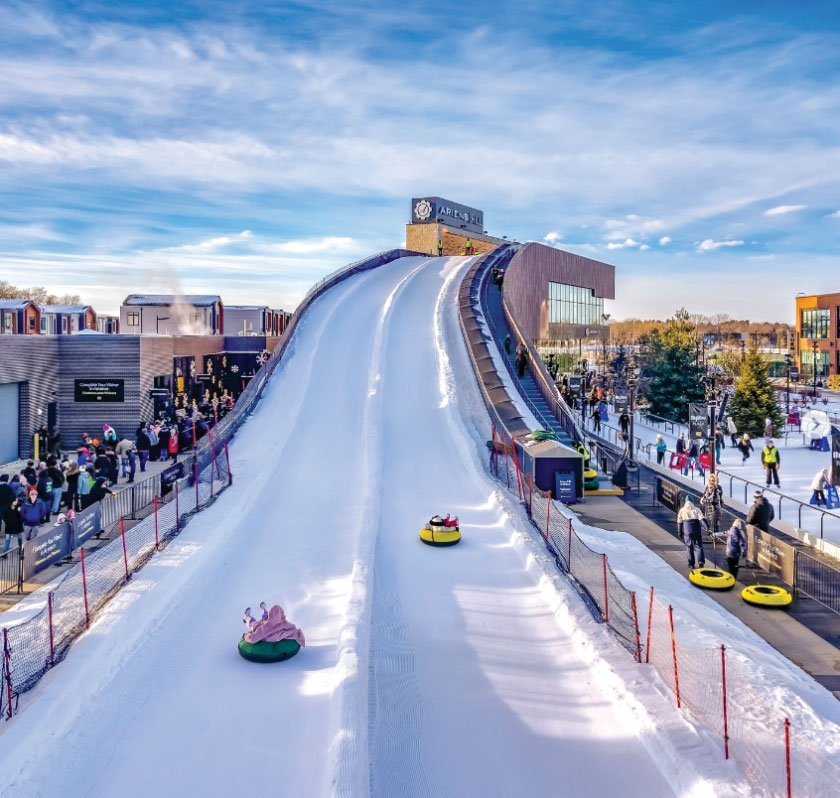
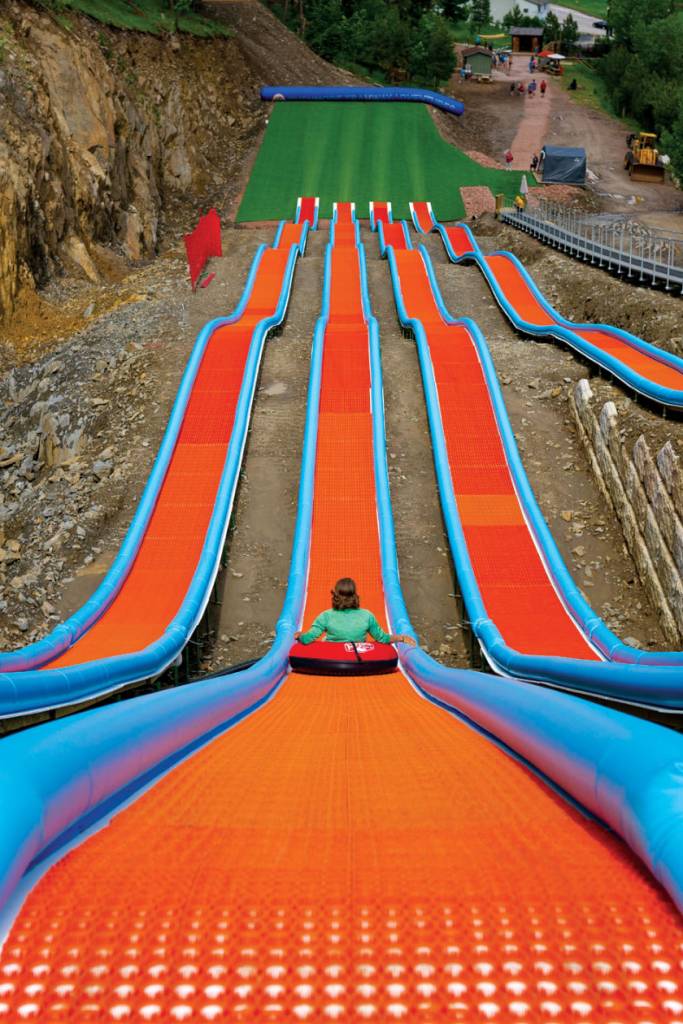
Tube Pro custom-designs products to fit specific applications and setups, meaning that, a tube designed for use on the water is not necessarily great for use on the snow, and vice versa. With the increasing integration of different activities between winter ski hills, summer water parks, synthetic sliding variables and tube parks, Tube Pro is constantly challenged to come up with new and innovative products that work within all those spaces.
“We make single snow tubes in three different types. We make ice sleds. We have inflatable air boards on a license agreement from a European company. We make river tubes. We make safety padding. We make tubes for waterparks. We make it all,” said Pawson. “As a leader in this area, we’re always looking for different, unique commercial applications that may one day become one of our stock product lines.”
Beyond tubes, Tube Pro also provides many padding options: from willy bags and tubing deceleration bags to modular barrier pads to various ski area padding.
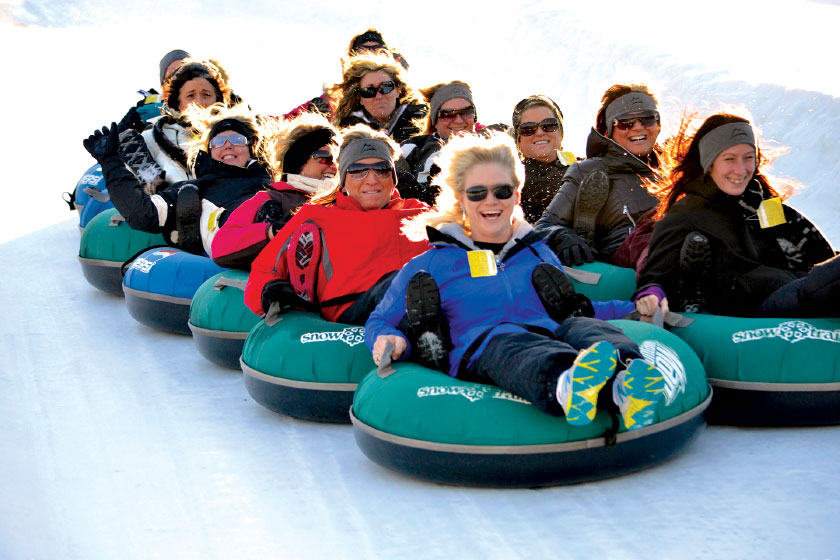
Safety first
To ensure the safety of its products across various applications, Tube Pro remains constantly aware of evolving industry standards, rules and regulations, while also developing new standards and operating procedures on its own.
For example, the company develops different procedures and signage ideas to ensure ski hill staff at the top of the hill correctly direct their guests into the tubes and that their lanyard is properly secured. Sometimes, when developing a design profile for a new customer, the company will first ask for topographical layouts to assess the elevation of the hill and evaluate the runout profile, which can help determine the right tube speed for that customer.
We are always very involved with the customer, asking questions about what it is they want to get out of their tubes. The more knowledge we can acquire, the better we can suggest options that will make their application safer and more enjoyable for everyone.
Bill Pawson, Tube Pro Inc.
“Depending on certain slope conditions, we can see up to a 90-foot sliding difference between our smooth, fastest bottom cover and what we would call our ‘super textured’ bottom cover; and that 90 feet is a world of speed differential from one point to the next, 90 feet away,” said Pawson. “If we can find a way to stop the tube quicker, it makes the chance of a mishap in the runout zone – where literally 90% of the accidents happen – less likely, and that’s definitely a good thing for everyone.”
This commitment to matching products to customers’ needs extends beyond ski hills and snow tubing. Tube Pro takes a measured approach to each commercial use, from dry slope setups to retrofitting old fiberglass waterslides with synthetic tiles, to rafting down river rapids and even a makeshift carnival setup in a stadium.
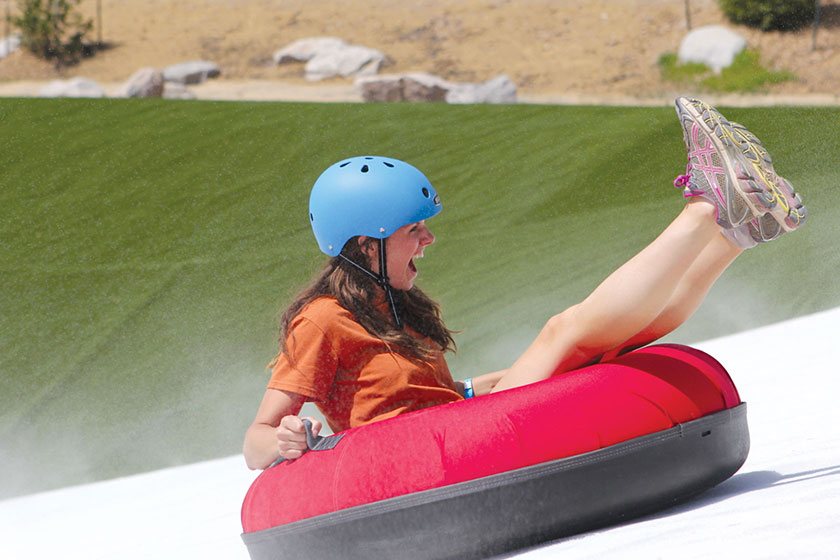
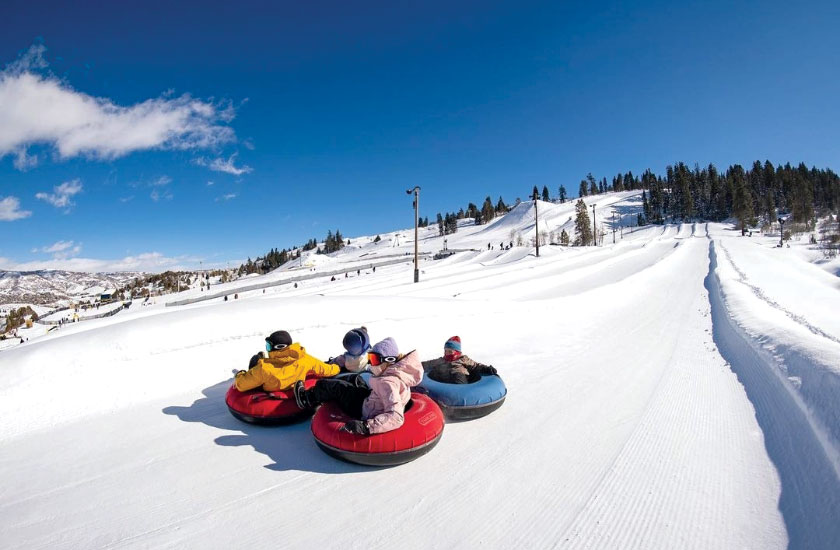
“We are always very involved with the customer, asking questions about what it is they want to get out of their tubes,” said Pawson. “The more knowledge we can acquire, the better we can suggest options that will make their application safer and more enjoyable for everyone.”
The slope ahead
Looking to the future, Tube Pro will continue to lead the way in designing and manufacturing the best tubes in the business, regardless of application. The company is currently exploring the potential of multi-rider vehicles and products with a pure directional focus, such as single-rider tubes that have a narrower profile and are designed for use on a tight track.
“We have some clients who operate on synthetic ice in warmer climates, so having more people go down the slope in narrower lanes without the tubes actually spinning would be important. That is something exciting that we’ll definitely be working on for the near future, so stay tuned,” Pawson said.
